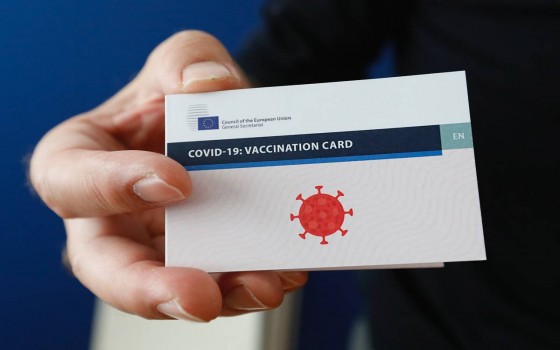
Diabetics and the Ordeal of Needles: Chinese Innovation Delivers Insulin Through the Skin with a Topical Cream

- Europe and Arabs
- Monday , 24 November 2025 8:43 AM GMT
Beijing: Europe and the Arabs
A Chinese research team has developed a method for delivering insulin through the skin using a topical cream, a scientific breakthrough that challenges the traditional belief that insulin molecules cannot cross the outer layer of skin.
The study, published in the journal Nature and led by researchers from Zhejiang University, relied on meticulous experiments involving human skin models, diabetic mice, and miniature pigs, which are considered the closest biological relatives to humans. According to the Brussels-based news network Euronews, scientists have developed a smart polymer called OP that can interact with the skin's natural pH. Upon contact with the skin's surface, the polymer carries a positive charge that helps it adhere to fats. It gradually loses this charge as it penetrates deeper layers with a neutral pH, allowing it to pass through the skin barrier and enter the body. To achieve efficient insulin delivery, insulin was linked to the polymer in the form of a new compound called OP-I, capable of delivering the hormone through the skin without the need for needles. Experiments showed effectiveness almost comparable to traditional injections, with mice regaining normal blood sugar levels within just one hour, and the treatment lasting for 12 hours. In piglets, glucose levels dropped to normal within two hours and remained stable for the same period. Researchers also observed that the OP-I compound accumulates in tissues most involved in blood sugar regulation, such as the liver, muscles, and fat tissue, before gradually releasing insulin into cells. It provides a smoother effect compared to injections.
What distinguishes this innovation is that it offers a more patient-friendly and less painful treatment regimen, and allows for a gradual release of insulin, which may help reduce sharp fluctuations in glucose levels.
Furthermore, the trials showed no signs of inflammation or significant side effects, increasing the likelihood of further testing on a larger scale, particularly in upcoming human clinical trials.
The researchers say that the same technology could be used in the future to deliver other drugs based on proteins, peptides, or nucleic acids, making it a promising therapeutic platform that extends beyond diabetes alone.












No Comments Found